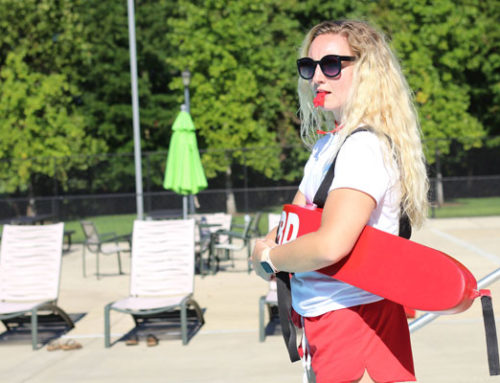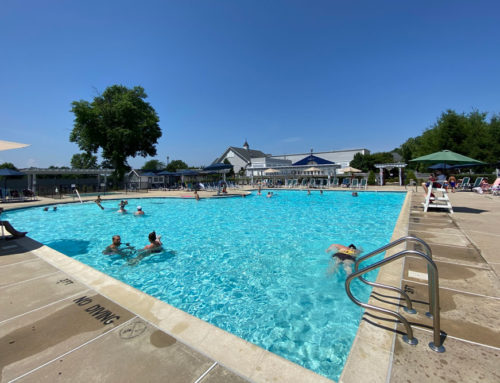When swimming pools are open, operators can help keep their clients safe with lifeguard services. Additionally, it’s important to remember that pool safety and injury prevention are responsibilities for everyone, including facility managers and parents.
To help spread awareness of the issue, the U.S. Consumer Product Safety Commission launched the Pool Safely campaign in 2010. Since then, the initiative has worked with various injury prevention and water safety organizations across the nation in an effort to prevent accidental drowning and entrapment in swimming pools and spas.
In November 2014, leaders of the Pool Safely campaign announced that it has renewed its partnerships for 2015.
“Our partners are essential to the Pool Safely campaign to prevent child drownings and drain entrapments,” CPSC chairman Elliot Kaye said in a statement. “We’re proud to collaborate with these organizations and we value their work in communities across the nation to help everyone – especially young children – be safer in and around the water.”
According to the CPSC, the nationwide partners who will be working with the Pool Safely campaign include the American Red Cross, the Association of Pool and Spa Professionals, the National Aquatic Safety Company, the National Swimming Pool Foundation, the USA Swimming Foundation, the World Waterpark Association and the YMCA of the USA.
In May 2014, the Pool Safely campaign launched its first official pledge for consumers of all ages. Within five months, the pledge acquired more than 4,000 signatures across the country. Adults who made the pledge vowed to designate a water watcher every time children in their care are around water, make sure their children know how to swim, learn CPR, remove portable ladders when they’re not in use and ensure all permanent pools have fences, gates and safe drain covers.
Meanwhile, the children’s pledge asked signers to ask parents for swimming lessons, stay away from drains and never swim alone.
Government experts note drowning is preventable
According to the U.S. Centers for Disease Control and Prevention, drowning is the fifth leading cause of accidental death in the country. Three of the largest factors related to drowning are lack of swimming ability, absence of safety barriers around a swimming pool and little to no adult supervision. Research has shown that the presence of all these things can significantly reduce the risk of drowning. For example, a four-sided isolation fence cuts the risk of drowning by 83 percent compared to a three-sided isolation fence.
Continuation of the Pool Safely campaign will help spread these messages.






